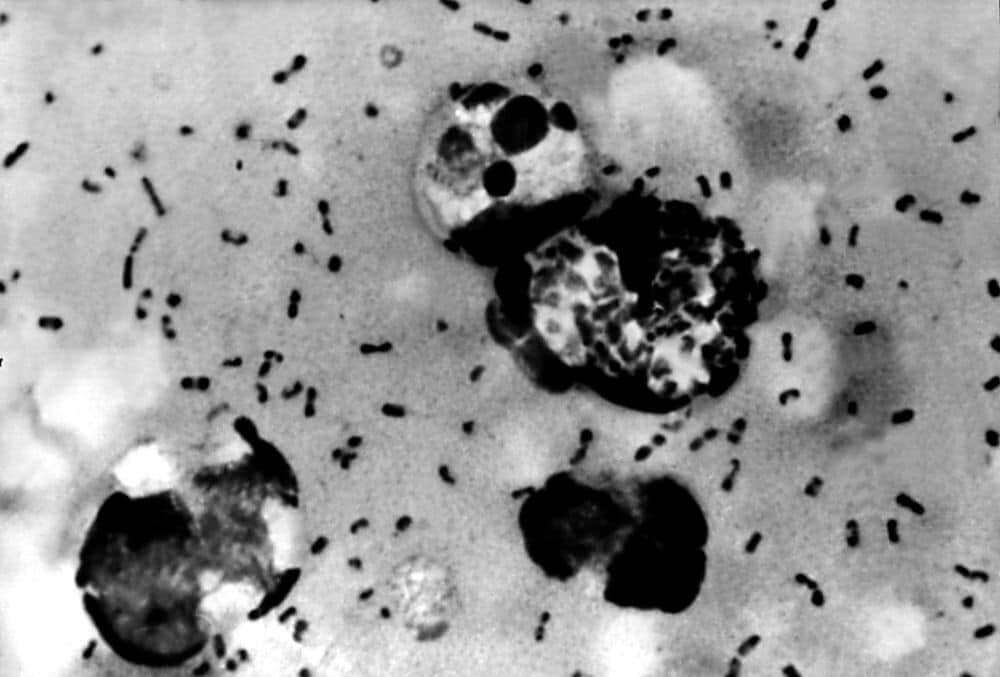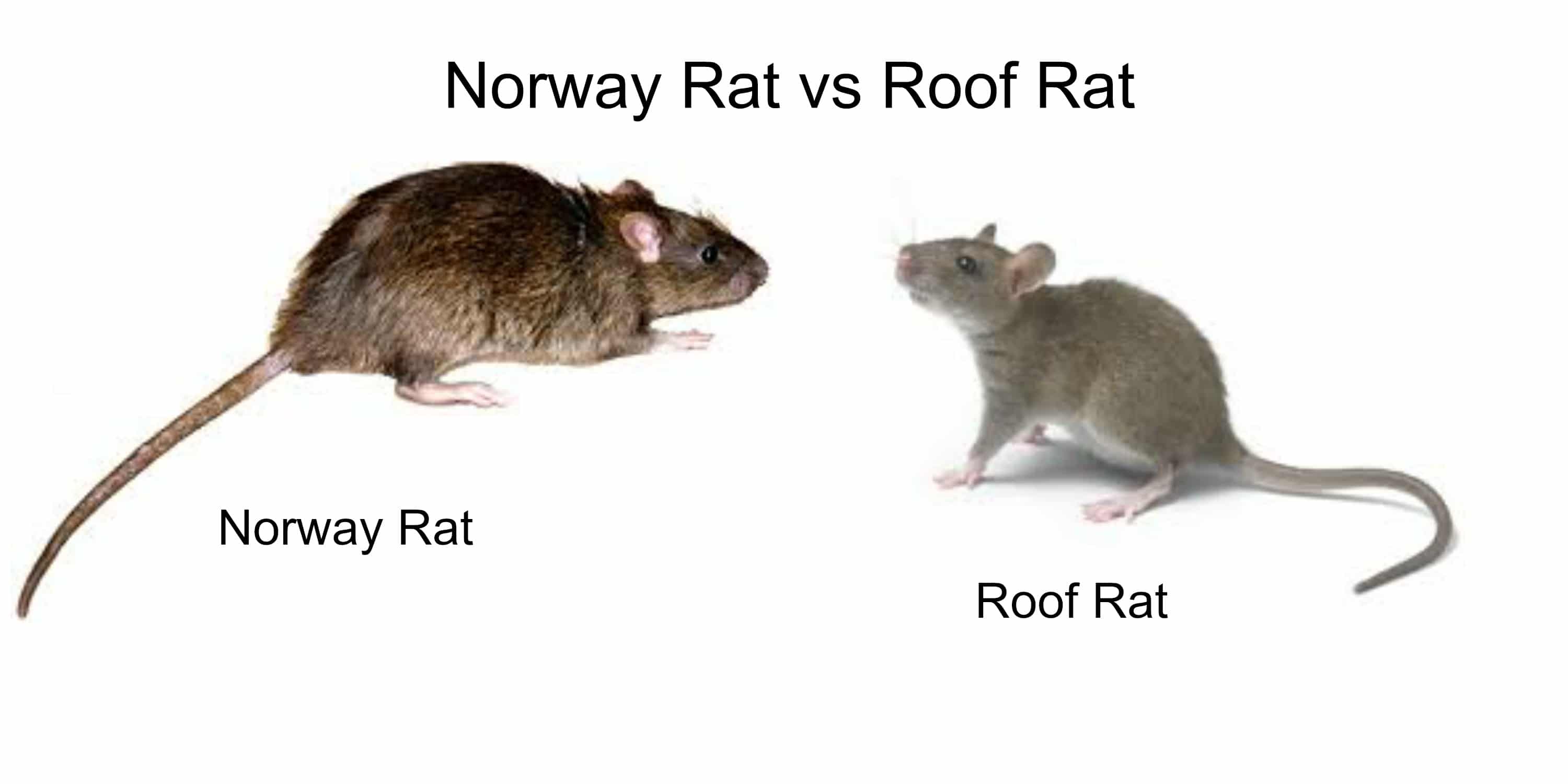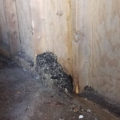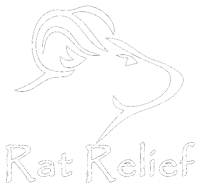Table of Contents
‘Til this day, rats still have a reputation for being disease carriers. While it isn’t the black plague anymore, rats can still cause various other illnesses. So, efforts have been made for public health and safety to keep rats away and find rat poison safe for pets. After all, if you take away the bringer of disease, you’re guaranteed to be safe from rat disease.

However, while that does sound like a good idea, what diseases are people trying to avoid? Considering that the black plague is no longer rampant, what other reasons do people have to keep rats away? Unfortunately, there are several of them.
Common Disease You’ll Get From Rats
Leptospirosis
One of the most common diseases that rats can cause is leptospirosis. Unfortunately, you may be all too familiar with this disease for those living in flood-prone areas.
Leptospirosis is caused by the Leptospira bacteria, which can be found in the pee of infected rats. Usually, this bacteria can spread through water, which is why leptospirosis cases usually arise after heavy rains and flooding. As the pee can mix with the water, the bacteria can travel more easily. As a result, people that wade in these contaminated floodwaters are more prone to getting infected. Chances of infection are even higher if you wade these waters with an open wound.
Fortunately, this disease is treatable. However, if you do not treat a case of leptospirosis, this can lead to complications. These may include kidney failure, meningitis, liver failure, and death.
Rat-Bite Fever
This disease can be caused by one of two bacteria, depending on where you’re from. If you’re in North America, it’s caused by the Streptobacillus moniliformis. In Asia, it’s caused by the Spirillum minus. This disease isn’t driven solely by rat bites, as the name implies. You can also get it in several other ways.
You can also get rat-bite fever if you get scratched by an infected rat. It can also be transmitted if you handle a rat with the bacteria. This is especially true if you’re exposed to the infected rat’s saliva, urine, or feces. So, it’s always advisable to handle rats with extra precautions. That also means avoiding contact with your eyes, skin, nose, and mouth should you handle these rats.

If you’re unfortunate enough to get exposed to an infected rat, you will typically experience a fever. Aside from that, there’s also some vomiting, headache, and muscle pain. Less common symptoms would include rashes and joint pains.
Hantavirus Pulmonary Syndrome
Also known simply as the Hantavirus, this is another disease spread solely by rats. Exposed rats carry the Hantavirus and spread it through their saliva, urine, or feces. So, to help avoid any infections, people must be careful not to handle any infected rats. But, more importantly, it’s important people don’t inhale any secretions as this is how the illness infects people.
This disease initially manifests as fever, fatigue, and muscle pains. In addition, an infected person can sometimes experience vomiting, abdominal pain, nausea, and headaches. However, in the latter stages of the disease, symptoms worsen. An infected person would experience coughing and experiencing difficulty breathing, and shortness of breath.
Unfortunately, this disease has no specific treatment or cure. That is why, Hantavirus can be fatal, especially when detected late. However, since it’s easy to detect early on, it’s easier to treat. As a result, chances of survival are better if diagnosed early.
Hemorrhagic Fever with Renal Syndrome
Also known as HFRS, this disease is very similar to the Hantavirus. The main difference between the two would be that HFRS is more commonly occurring in east Asia and its surrounding regions. However, this disease also spreads through infected rats’ saliva, urine, or feces. So, the same precautions must be taken to avoid coming into contact with and inhaling the secretions of infected rats.
Symptoms of HFRS typically begin with headaches, nausea, fever, chills, and back and abdominal pain. Sometimes, those experiencing this illness also have inflamed eyes and facial flushing. In the later stages, the infection manifests as low blood pressure, shock, and kidney failure.
Fortunately, this disease is treatable. Typically, treatment involves supportive care, which means maintaining adequate hydration, electrolyte levels, and oxygenations. Treating other accompanying infections is also essential in the patient’s care.
The Plague
The bacteria responsible for the plague, Yersinia pestis, is most commonly carried by rats. In turn, these infected rats transmit the bacteria through ticks. These infected ticks then end up biting people, transferring the bacteria. That is how the plague is transmitted. However, exposure to the excretions of infected rats can also cause transmission.
This illness can manifest in three ways. First, there’s the bubonic type. The infected usually experience a fever and chills, headaches, and swollen lymph nodes. Second, there’s the septicemic type. Here, those infected also have fever and chills. But, there’s also accompanying weakness, abdominal pain, bleeding, and necrosis of body parts. Tick bites cause both types.
On the other hand, the pneumonic type spreads via airborne transmission of infected particles. As the name implies, this causes pneumonia. Together with this, one also experiences shortness of breath, cough, and excessive mucus production.
Fortunately, unlike in the middle ages, the plague can be successfully treated and cured with the right antibiotics.

Conclusion
There’s a reason why many people immediately frown upon the presence of rats in their vicinity. They can cause serious illnesses should be more than enough reason for people to keep them away.
So, if you do find some unwelcome guests in your home, be sure to do what you can to deal with them right away. That way, you keep everyone in your household safe and avoid unnecessary sicknesses. Better safe than sorry, after all.





